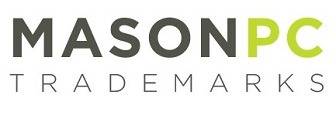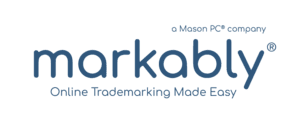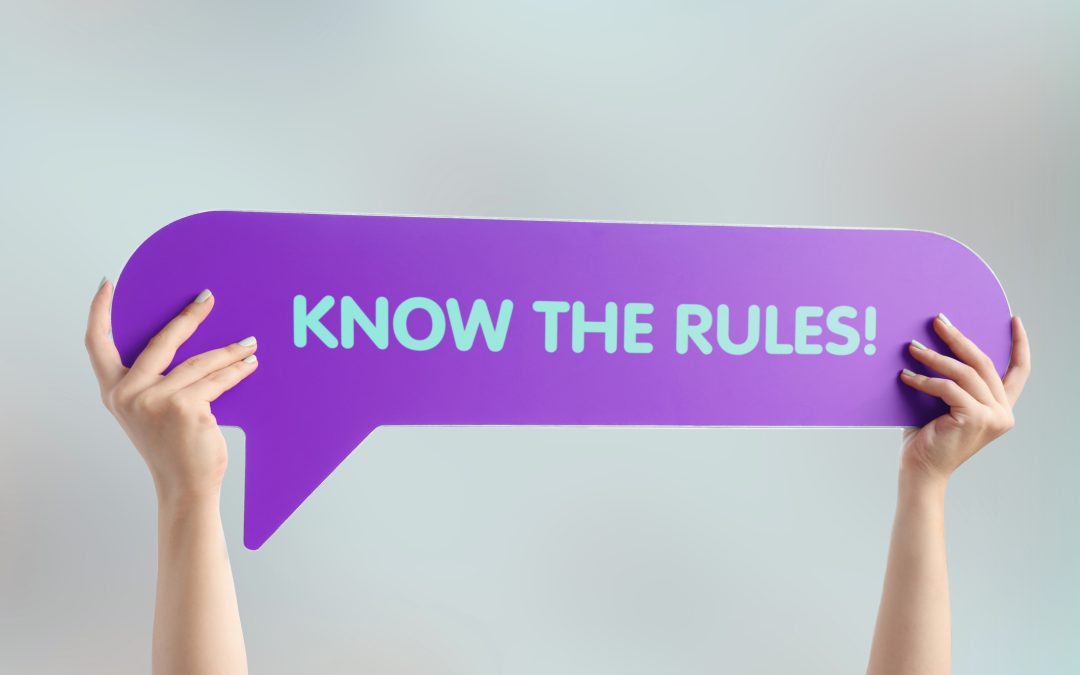A trademark registration is without question the most valuable tool you can have to protect your brand in Canada. Every brand owner selling in this country should have trademark registrations for their brand name and logo.
Filing a Canadian trademark application is easy. But knowing what to include in that application, not so much.
Information such as the type of trademark you are registering, who is the correct applicant, and how to describe and classify your goods or services, require some knowledge of Canadian trademark laws and regulations, which understandably, most busy founders don’t have the time to learn. Yet, you’ll need to correctly state this information in your trademark application to avoid rejection.
In this blog post, we’ve described the most common technical deficiencies in a trademark application that can result in rejection, and we’ve provided advice on how to avoid or fix them. Your application could still be refused if your trademark is not registrable under Canadian law, but those issues are more complex and will be discussed in a future post.
TIP: Our Markably® online trademark registration service can help you prepare and file a trademark application that will avoid any rejections.
Incorrect Identifcation of the Applicant
A trademark applicant can be one of two types in Canada – individuals or legal organizations, such as corporations, partnerships, joint ventures and associations. However, there can only be one applicant named in your trademark application.
If you have a co-founder or business partner and you have not yet created a legal structure for your relationship, you must choose between individuals to name as the applicant.
If you are a sole proprietor, you would name yourself as the applicant, and you can later assign your trademark application (or registration) to your company once it has been incorporated.
Identifying the wrong applicant or making a mistake in the applicant’s name can be corrected by either amendment to the trademark application or transferring it with a formal assignment.
Incorrect Identification of the Trademark
The online trademark application form lists 12 different types of trademarks for you to pick from. The vast majority of applications will be for either “Standard Character” or “Design” trademarks. If you are applying to trademark a name, you would identify it as a Standard Character mark. If you’re applying to trademark a logo, you would identify it as a Design mark, and to avoid a rejection of your logo, it’s best to upload a file of it in black and white.
If you choose any of the remaining 10 types, e.g. color, position, sound or mode of packaging, you will likely receive a rejection and will have to provide accompanying proof that your mark has acquired distinctiveness in Canada.
Goods and Services Improperly Described
This is by far the most common reason for rejection of a trademark application. Indeed, close to 80% of all trademark applications are rejected for having an overly broad or unclear description of goods and services.
Each and every good or service listed in your application must be described in specific and ordinary commercial terms. What does this mean? Basically, it means that you have to describe your products and services clearly, concisely and in terms customarily used in your industry. However, you don’t want to be overly specific if you can get away with broader descriptions, as that will provide you with a broader trademark registration.
Additionally, once you file a trademark application, you should be aware that you can’t expand the scope of your goods and services. For example, if you file a trademark application that claims “cookbooks,” you can’t later amend that to “books”, as that would be considered an expansion of the scope. You should, therefore, consider claiming everything you plan to sell in the future in your original trademark application.
There is a list of Pre-Approved Goods and Services that you can use in your trademark application, which will not only avoid rejections but will also result in accelerated examination of your trademark application. If your products and services are not all on the list of Pre-approved Goods and Services, you won’t get accelerated examination, but if you use the list as a guide of the level of specificity required, you may be able to avoid a rejection.
Incorrect Classification of Goods and Services
Every product or service claimed in your application must be classified into one of the 45 Nice Classes. This classification helps the examiner determine whether there are prior marks on the Trademarks Register that are potentially confusing with yours. Additionally, the number of Classes covered in your application determines the required government registration fees. The fees for one class are $347.35, and each additional class costs $105.26.
Incorrectly classifying your goods and services could result in the underpayment or overpayment of government fees, and the examiner will issue a rejection requiring you to re-classify and possibly pay additional fees.
A lot goes into registering trademarks in Canada. Busy founders who don’t have the time to research all the requirements can quickly and easily use our Markably® online trademark registration service to prepare and file mistake-free and headache-free trademark applications.


